4T-Pedestrian Safety
This course discusses the issue of pedestrian safety as it relates to traffic studies and plan design. A background of the pedestrian safety problem is discussed. An understanding of pedestrian characteristics and transportation design and policy elements that impact pedestrian safety are covered. Design for pedestrian safety is discussed as it relates to street design, street connectivity, site design, land use and access management. Methods to improve pedestrian safety are provided.
Collection data to identify pedestrian safety problems is outlined as it relates to types of safety projects and the information necessary to identify and quantify pedestrian safety deficiencies.
Description:- This course discusses the issue of pedestrian safety as it relates to traffic studies and plan design. A background of the pedestrian safety problem is discussed. An understanding of pedestrian characteristics and transportation design and policy elements that impact pedestrian safety are covered. Design for pedestrian safety is discussed as it relates to street design, street connectivity, site design, land use and access management. Methods to improve pedestrian safety are provided.
Collection data to identify pedestrian safety problems is outlined as it relates to types of safety projects and the information necessary to identify and quantify pedestrian safety deficiencies.
Analyzing the information and prioritizing the concerns is an important issue. Identifying high crash locations, corridors, targeted areas and jurisdiction is key to determining possible solutions. Crash typing is covered in order to select appropriate solutions. A ranking system is then produced to prioritize the solutions for implementation. Safety solutions must take into account design specifications and guidelines. Engineering, enforcement and educational solutions can all be used in policy and planning solutions. After implementation, these solution should be monitored to make sure they have a positive effect.
Course Outline:- The Pedestrian Safety course discusses the issue of pedestrian safety as it relates to traffic studies and plan design. In 2018, 5,376 pedestrians were killed in traffic crashes, representing 14 percent of all roadway-related fatalities. Many pedestrian crashes are the result of unsafe motor vehicle driver and pedestrian behaviors. Certain roadway design features can contribute to unsafe behaviors by pedestrians and motorists. Good pedestrian safety planning must include an understanding of the characteristics of pedestrians. The major planning, design and policy elements that impact pedestrian safety include street design, street connectivity, site design, land use and access management.
It is important to know where pedestrian safety deficiencies exist, how extensive the safety problems are and what new projects, programs and policies can provide the biggest safety benefit, including those related to engineering, education and enforcement. This data collection must occur before an action plan can be formulated.
Improving pedestrian safety in a community or region is typically the result of implementing different safety treatments and changing agency design policies. Projects involving pedestrian countermeasures can be subdivided into spot locations, corridors, target areas, and jurisdictions.
Jurisdictions should ensure that all of their policies, plans and engineering design guidelines include considerations for pedestrian safety. The crash data should be analyzed so that the pedestrian improvement projects can be prioritized and selected for safety solutions. Pedestrian safety should be monitored in the areas where countermeasures were implemented to ensure that the improvements have positive results. The course is designed to provide a basic knowledge of pedestrian safety from which an engineer can use this information in traffic studies and plan design.
| Learning Objectives | Objectives:-
|
|---|---|
| Contact Hours | 4 Horas |
| CIAPR courses | CURSO TECHNICO |
| Instructor | Debra Kennaugh, P.E. |
| Devices | Desktop, Tablet, Mobile |
| Language | English |

IACET ACCREDITED PROVIDER
|
Self Learning Solutions LLC is a company with more than 14 years of experience in this market. At Self Learning Solutions we are proud to have obtained the IACET accreditation for our organization, along with the approvals necessary to market our products throughout the United States. Self Learning Solutions is accredited by the International Association for Continuing Education and Training (IACET). Self Learning Solutions complies with the ANSI / IACET standard, which is recognized internationally as a standard of excellence in instructional practices. As a result of this accreditation, Self Learning Solutions is accredited to issue the CEU IACET. |
SLSTECH System Requirements
To run our system effectively you should, as a minimum, use the system components listed on this page. If you do not, the system may still work but some functionality may be lost. Workplace IT environments' internal configurations can also restrict the functionality of our system. Access to content may be affected, as may the possibility of uploading files. File size limitations may also apply. Workplaces may also have older versions of software, and our system may not perform well with these.
Operating system
-
Recommended: Windows 7, 10, Mac OSX Sierra, iPad IOS10
Internet speed
-
Use a broadband connection (256 Kbit/sec or faster—this will ensure that you can view videos and online presentations) through USB wireless modem, ADSL, T1/T2, fibre optic or cable.
-
Dial-up access will be significantly slower, and we do not recommend it for using our system.
Internet browsers
Compatible browsers include:
-
Google Chrome 32 bit version 50 or later (recommended for optimal compatibility, this has been thoroughly tested on Windows)
Safari 10 or later (recommended for optimal compatibility, this has been thoroughly tested on Mac)
Note that add-ons and toolbars can affect any browser's performance.
-
MS Internet Explorer is not recommended
Settings
We recommend that the following be enabled:
-
Cookies
-
Pop-ups (in both Internet browser and security software)
-
Javascript
-
We recommend that you use the latest version of Adobe Flash Player.
Software
-
We recommend that you use the latest version of Adobe Acrobat Reader.
-
To view all the resources uploaded to Hazmat Authority, you will probably need to have Microsoft Office (Word, Excel, PowerPoint) or an equivalent (e.g. Open Office, Viewer) installed.
Security
With all firewalls, ensure that you enable uploading of files.


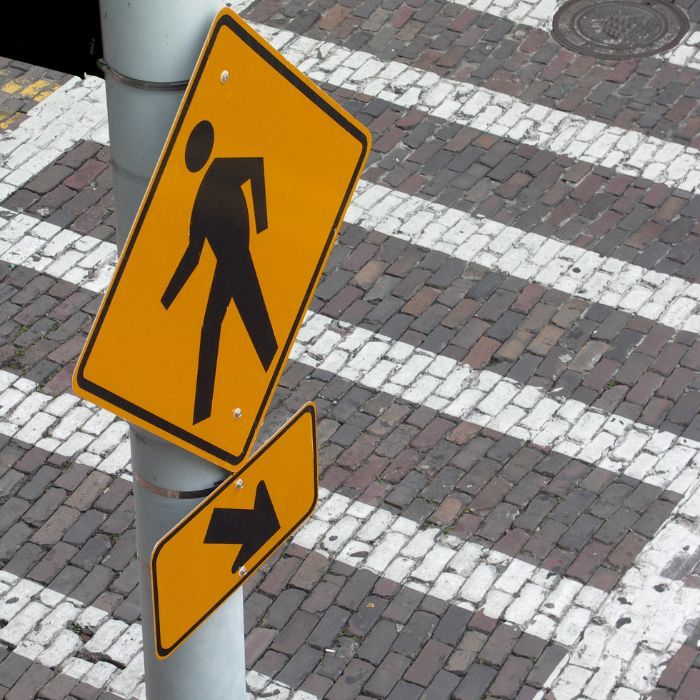
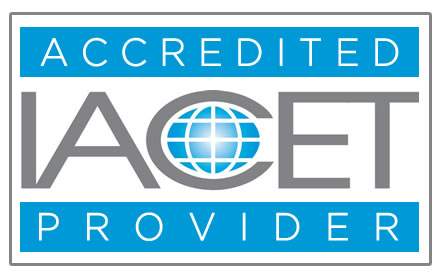


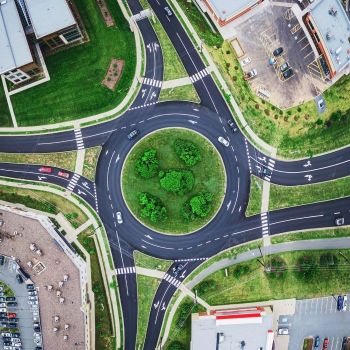


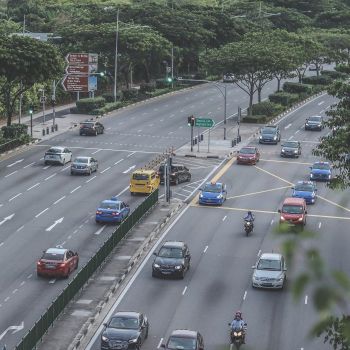
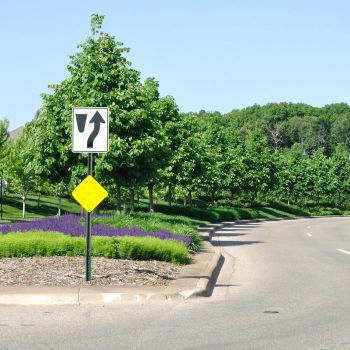



Validate your login
Sign In
Create New Account